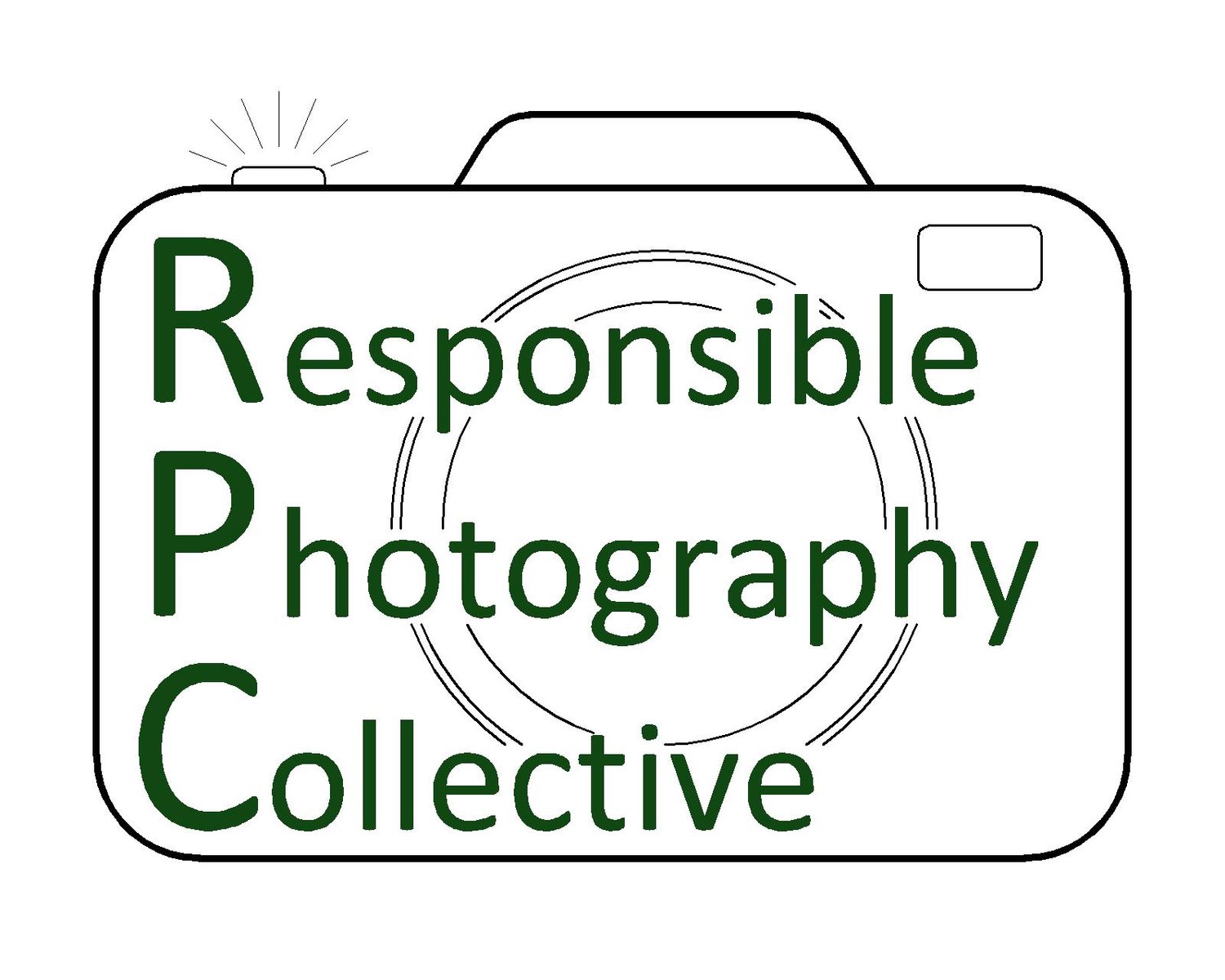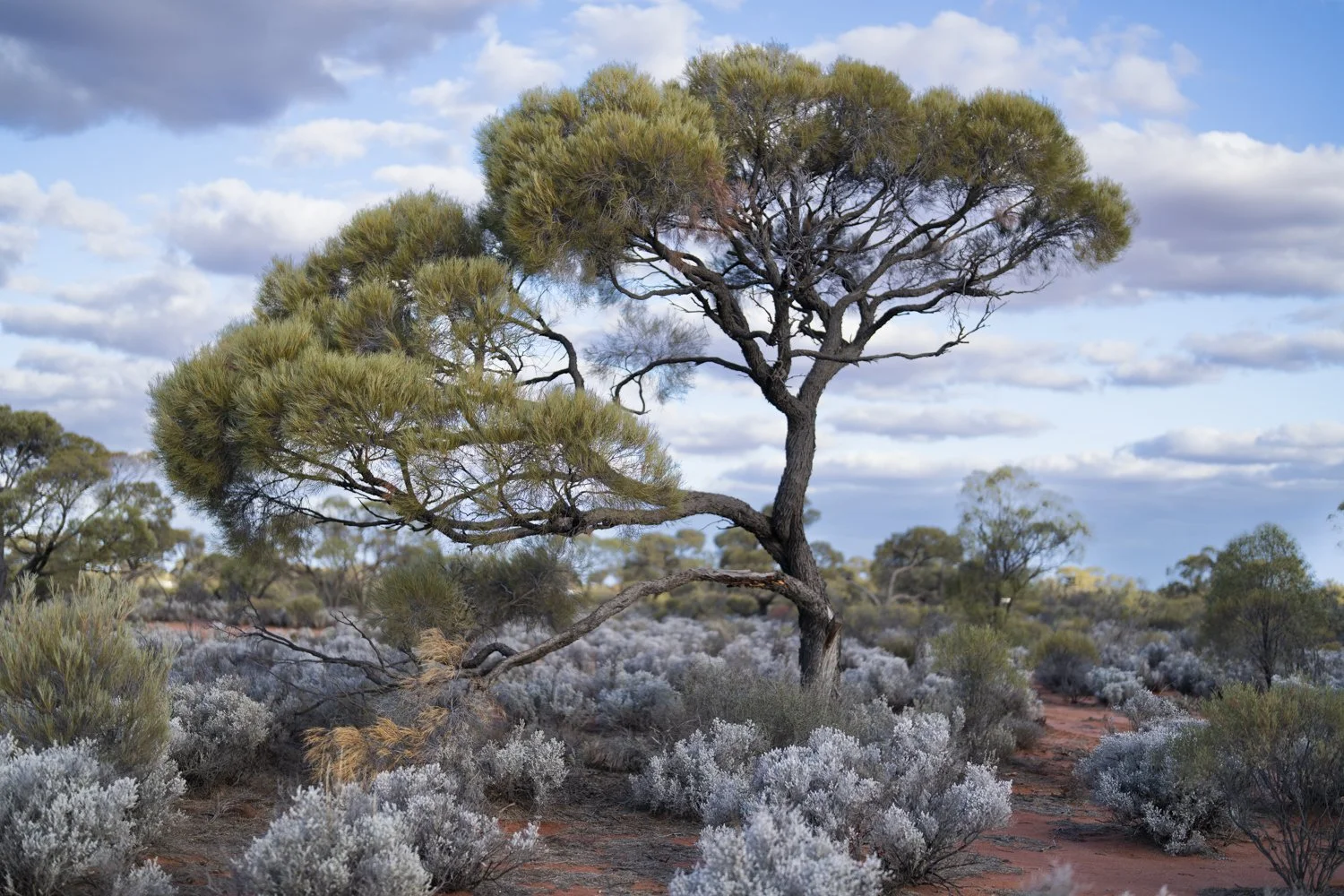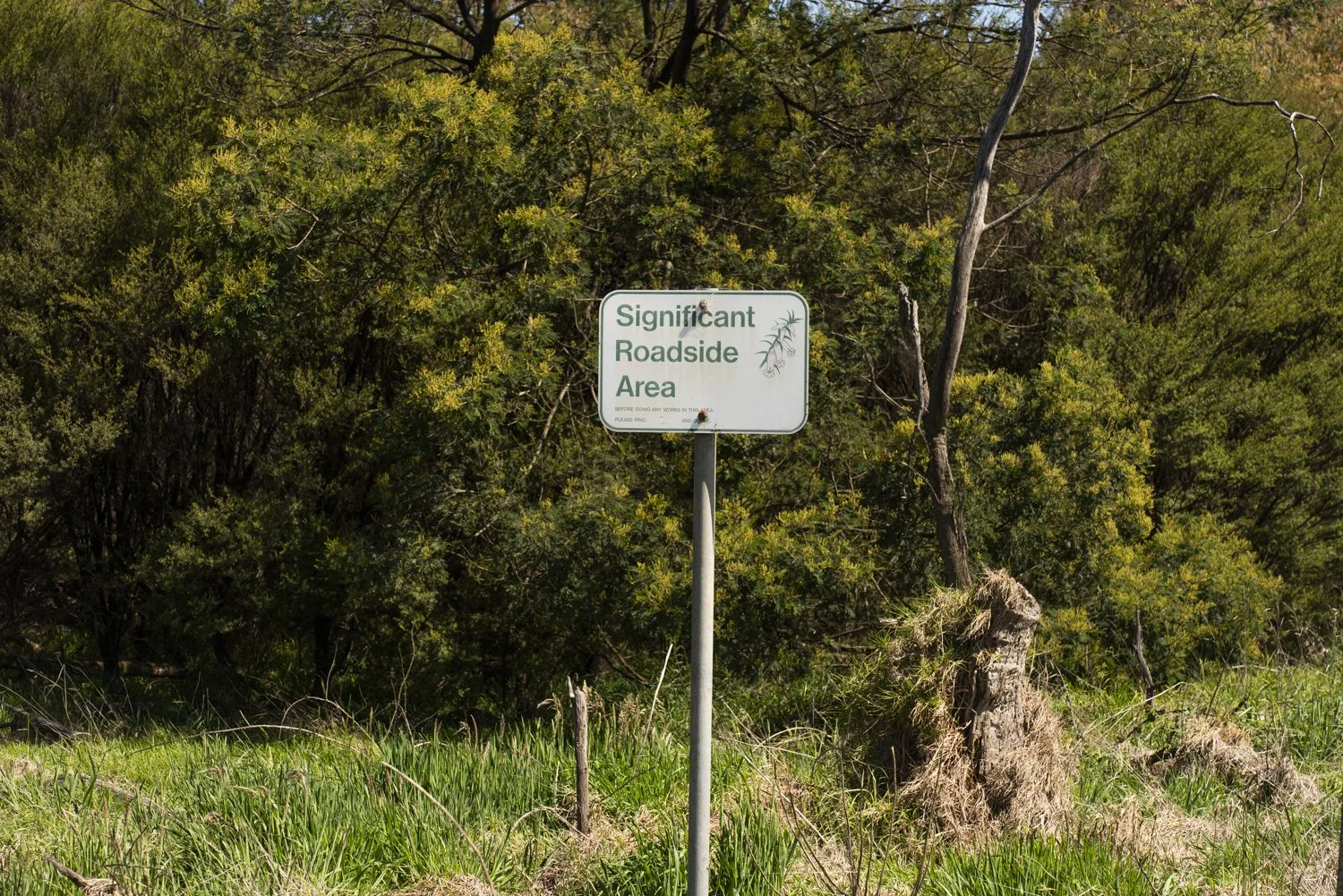The Roadside Challenge: Photographing Responsibly
I’ve set myself a challenge for this piece: every photo I’m using was taken by the road or a parking lot in Australia.
For many people, this is what photography is. They drive in. They take photos. They leave.
And it’s no wonder. The truth is that there’s much to see right alongside a road.
Along the Stuart Highway, stretching from Darwin to Adelaide, trees surrounded by saltbush like this can be found.
Of course, some things are easily disturbed. Desert terrains, for example, are fragile and easily damaged, even by being walked upon. Driving on them is worse.
This means that the need to protect desert environments is as obvious as it is simple. Fragile areas are the ones that need most protection. And if they can be damaged by walking on them, we need only avoid walking on them. Walk only on paths already travelled and avoid starting your own. This leaves the remainder of the desert unharmed.
Is this really a loss? I don’t think so. The fact is that even in remote areas, the difference between pristine ground and worn footpaths is often obvious. And the footpaths take you to most anywhere you want to go. So you lose few photographic opportunities by following this simple step.
Of course, not everywhere is desert. Non-desert terrain, by definition, has more water, which allows the land to recover more quickly from being travelled upon. Not only can water reshape the land, removing the marks of feet, but it can nourish the creatures that restore the land, ranging from trees to the humblest moss and lichen.
This makes less arid areas more resilient. But they are also where more people live and are more likely to travel. This makes them more subject to damage to begin with.
The Ruby Belle, a flower native to Australia, photographed from a parking lot in New South Wales.
Here again, the simple steps of sticking to established trails and not walking on things can help to prevent damage.
Another step that can help avoid damage is refraining from sharing exact locations. For example, in each of the photos accompanying this article, I have shared locations, but only in approximate terms. I haven’t shared exact locations. This helps to keep the burden of human traffic from falling too heavily on any single location. With so many places bearing the burden of overtourism and excessive human traffic, this single step is one that should be used much more. After all, is it really necessary to share exact gps coordinates or specific street addresses? Typically not.
In addition, road signage often indicates the presence of sensitive areas. In such cases, simply respecting the signage can help avoid damage. Be careful in those places. An example of signage from Victoria, Australia appears below.
A significant Roadside Area marker from Victoria, Australia indicating that this area is home to significant, and delicate, natural resources.
In all cases, the steps that protect treasured photographic locations are simple. It’s just a matter of choosing to do them.



